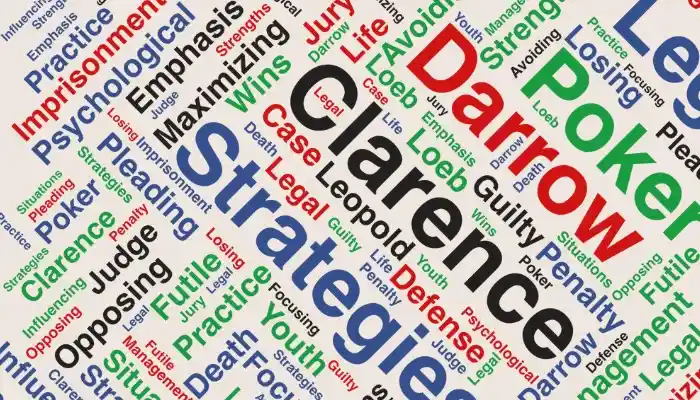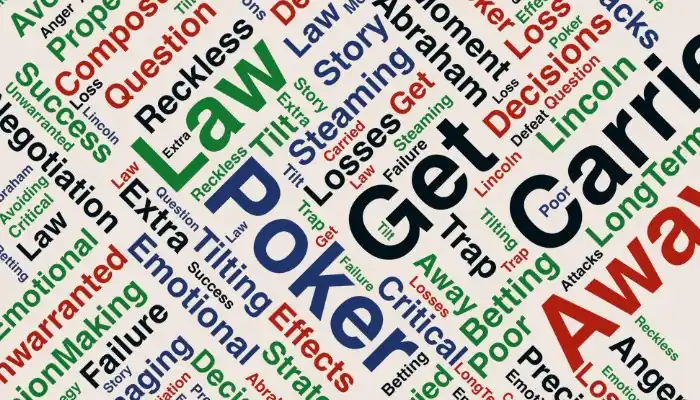Gambling is prohibited under Iranian law, but the strategies and lessons from this game can be leveraged in legal practice. Here, by examining the famous case of Clarence Darrow, we explore practical skills and strategies for lawyers.
Choosing the Right Hands
Poker players know that they can maximize their winnings by carefully selecting their hands. This means avoiding playing with likely losing hands and fully supporting potentially winning ones. Lawyers can benefit from this approach by discarding weak or questionable positions and focusing on stronger claims.
The Leopold and Loeb Case
In 1924, Clarence Darrow defended Nathan Leopold and Richard Loeb, two wealthy and genius teenagers, in one of Chicago’s most infamous cases. They were accused of murdering 14-year-old Bobby Franks. The two teens sought to commit the “perfect crime.” After luring Bobby into a rented car, they killed him with a chisel and took his body to a remote swamp. They then attempted to destroy the body’s features with hydrochloric acid and hid it in a drainage pipe. Upon returning to Chicago, they sent a ransom note to Bobby’s parents, demanding $10,000 in unmarked bills. However, their crime was uncovered when Leopold’s horn-rimmed glasses were found at the crime scene, and under intense interrogation, both confessed.
Darrow’s Strategy
Prosecutor Robert Crowe, driven by public sentiment favoring the death penalty, sought the execution of the defendants. Recognizing the futility of a defense based on the existing evidence, Darrow persuaded his clients to plead guilty. This strategy allowed him to focus on saving their lives. The sentencing hearing lasted a month, during which over 100 witnesses testified about the facts of the crime and the psychological states of the defendants. Darrow delivered an effective defense by emphasizing the youth of the defendants and opposing the brutality of the death penalty. His 12-hour speech is regarded as one of the greatest defenses in American court history. He urged the judge to be “kinder, more humane, and more considerate than the mad act of these two boys.” By the end of Darrow’s speech, Judge John Caverly was visibly moved to tears, and the courtroom spectators sat in stunned silence.
Conclusion
Ultimately, Judge John Caverly sentenced the defendants to life imprisonment instead of the death penalty. While Robert Crowe technically won the case, with Leopold and Loeb being convicted of murder, he did not achieve the ultimate victory of securing their execution. By accepting guilt and avoiding a baseless defense, Darrow successfully saved his clients and gave them a chance at life.
Key Lessons
- Avoiding Losing Situations: Darrow avoided a futile defense by having his clients plead guilty.
-
Focusing on Strengths: He built an effective defense by emphasizing the youth of the defendants and objecting to the death penalty.
- Psychological Management: Darrow skillfully influenced the judge and jury, guiding them toward a more humane decision.
Lawyers and legal advisors can use these lessons to improve their decision-making and strategies. In upcoming notes that will be published in the following days, we will explore more tips that can be applied in legal practice.
Source: Lawyers’ Poker: 52 Lessons that Lawyers Can Learn from Card Players: Lubet, Steven: 9780195369014: Amazon.com: Books. (n.d.). Retrieved June 15, 2024, from.




